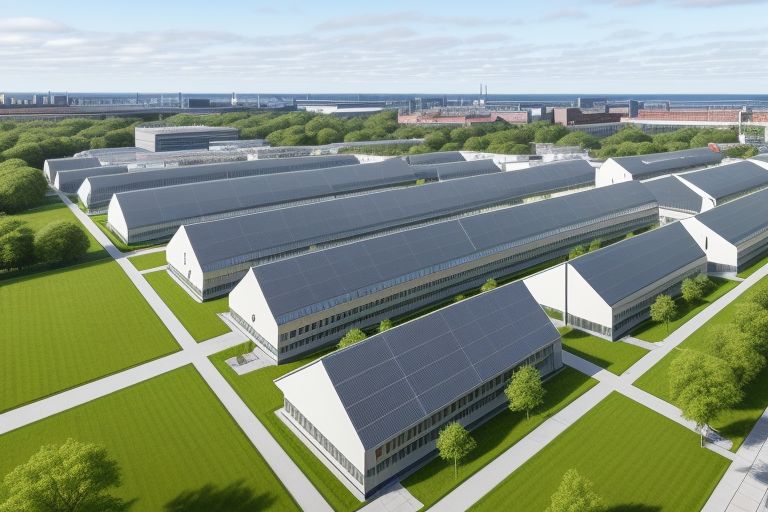In a surprising turn of events, the production of pink wood, a once-booming industry, has seen a notable decline following the year 2023. This article delves into the nuances of this downturn, exploring the factors contributing to the decline and offering a perspective on the future of pink wood in global markets.
Factors Contributing to the Decline
Several key elements have played a role in the reduction of pink wood production. Environmental concerns, shifts in consumer preferences, and changes in trade policies stand out as significant contributors. Each factor intertwines with the others, creating a complex scenario that industry stakeholders must navigate.
Environmental Concerns
The extraction and processing of pink wood have long raised environmental alarms. The unique ecosystems where pink wood thrives are increasingly under threat from overharvesting and habitat destruction. In response, stringent regulations and conservation efforts have limited production capacities, directly impacting output levels.
Shifts in Consumer Preferences
Market dynamics are ever-evolving, with consumer preferences at the forefront of change. The demand for pink wood, known for its distinct color and durability, has fluctuated as buyers lean towards more sustainable and versatile materials. This shift has forced producers to reevaluate their offerings and adapt to changing market demands.
Changes in Trade Policies
Trade policies also play a critical role in the international wood market. Tariffs, trade agreements, and export restrictions have influenced the flow of pink wood across borders. The post-2023 era has seen a reconfiguration of these policies, affecting how pink wood is traded globally.




















+ There are no comments
Add yours